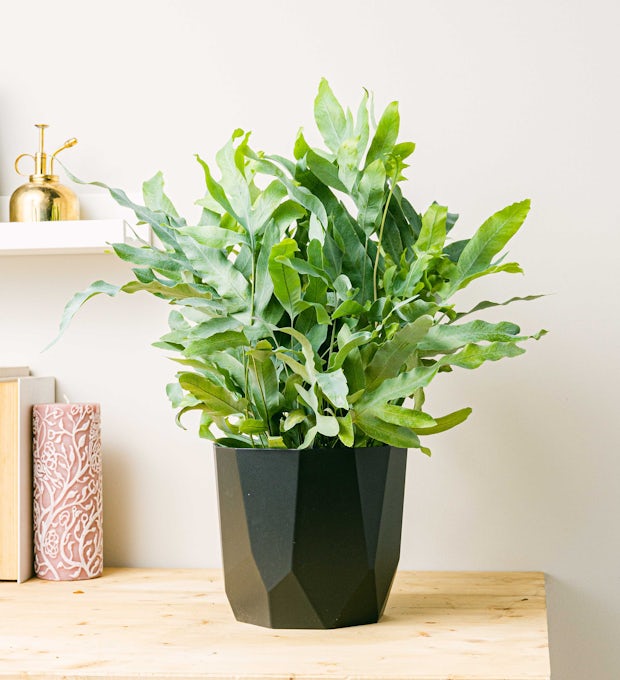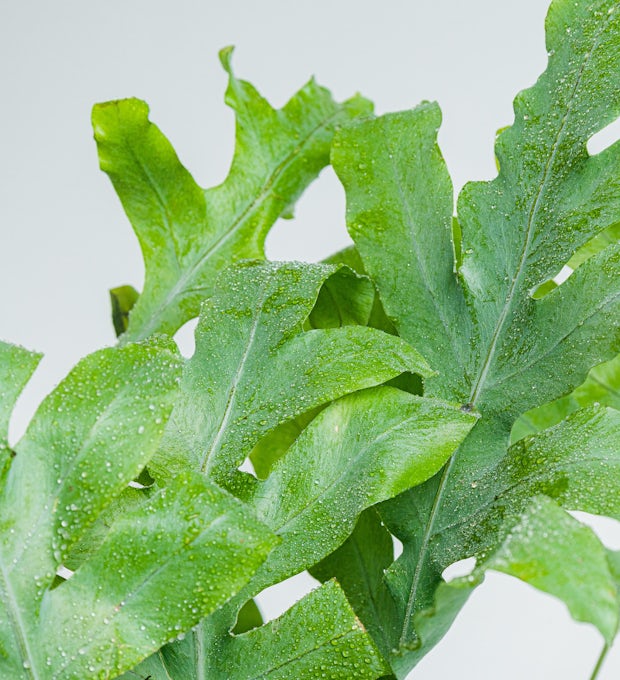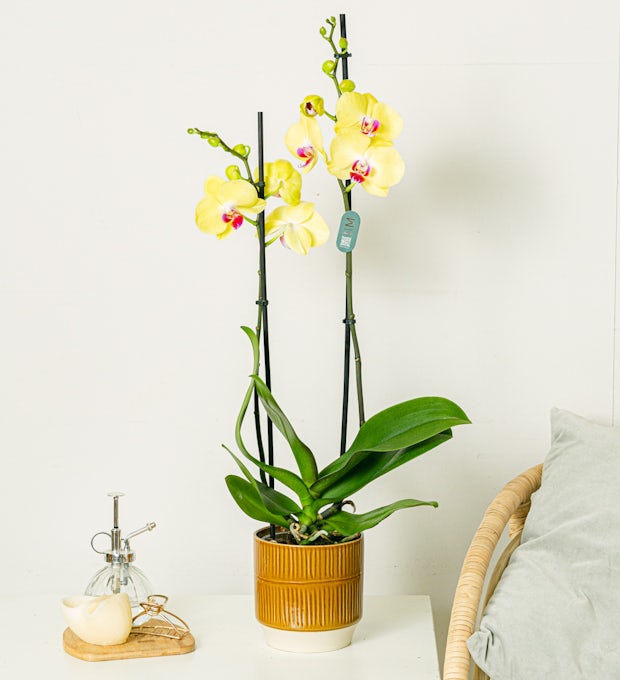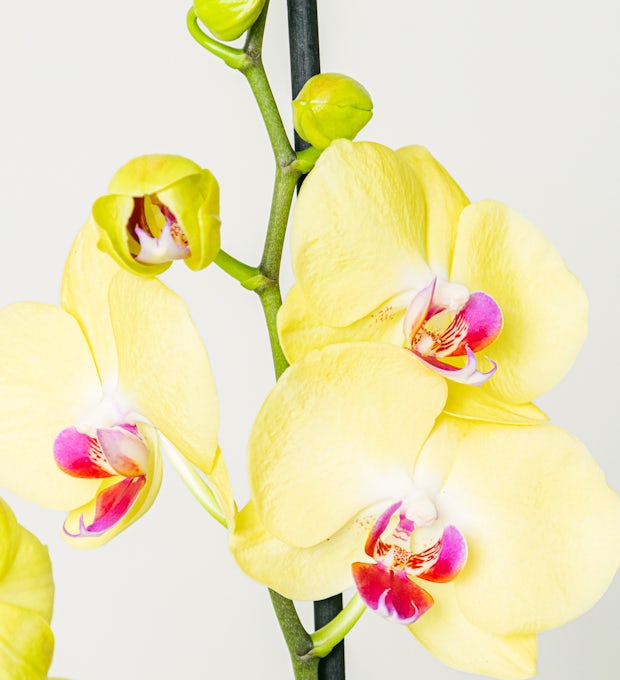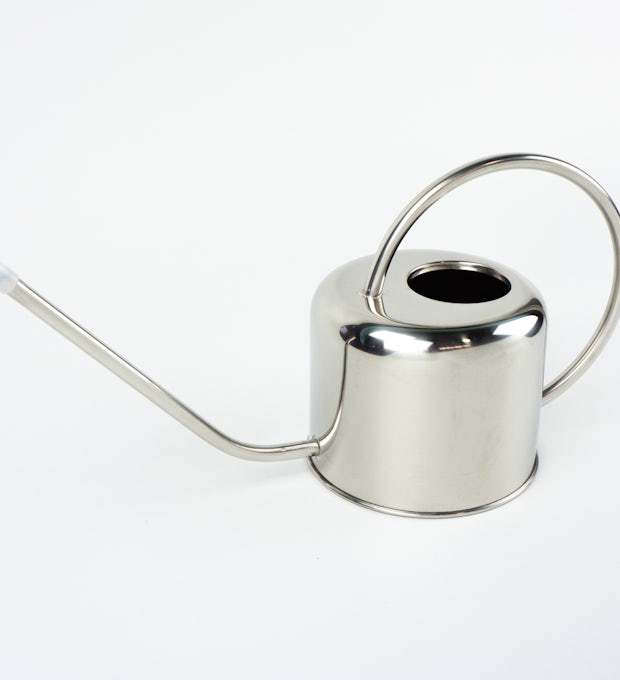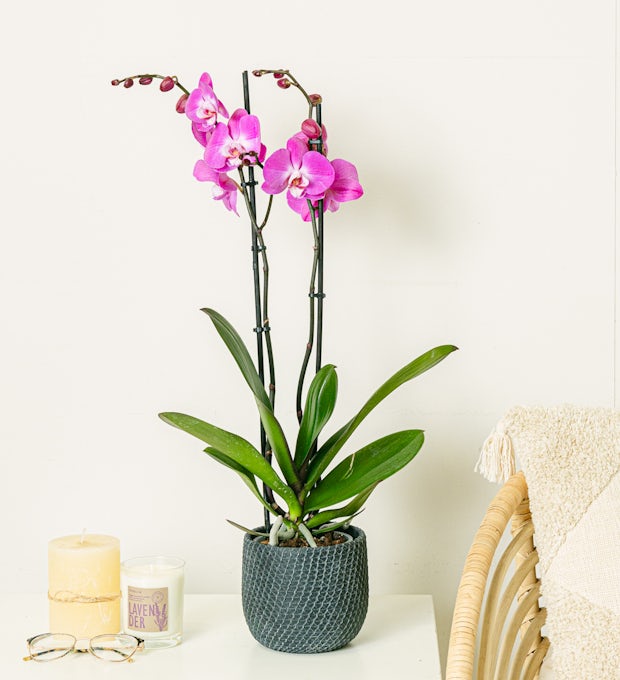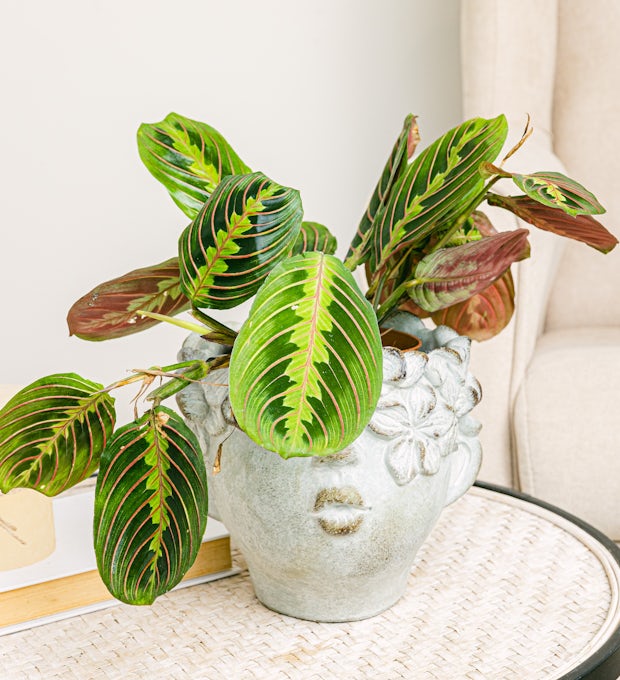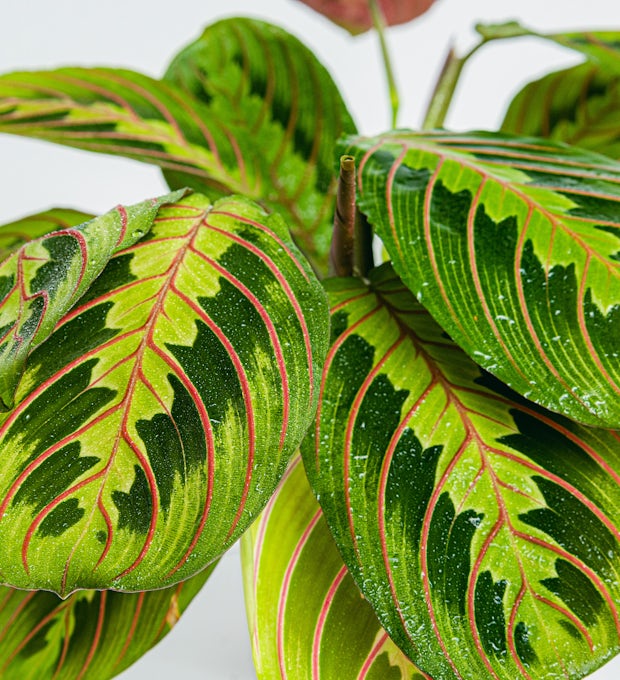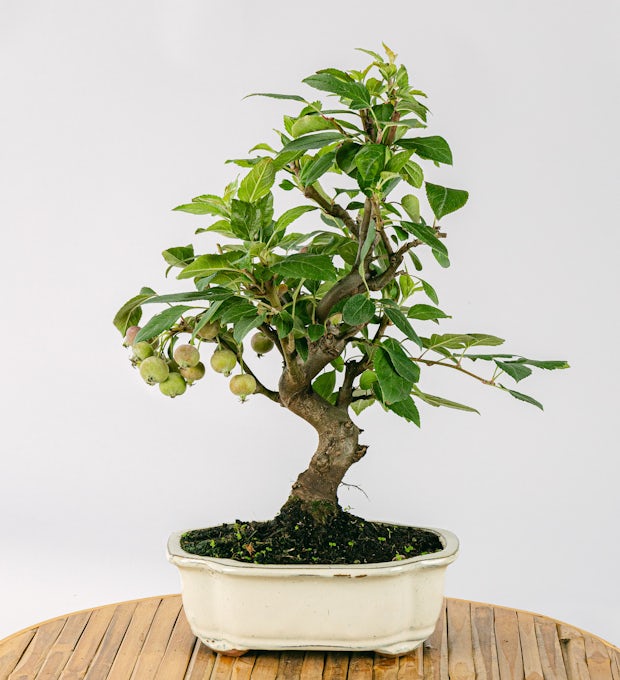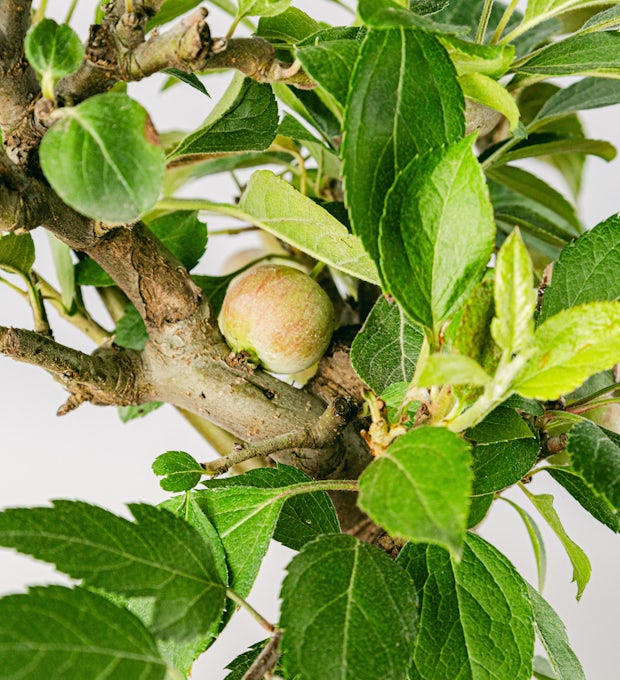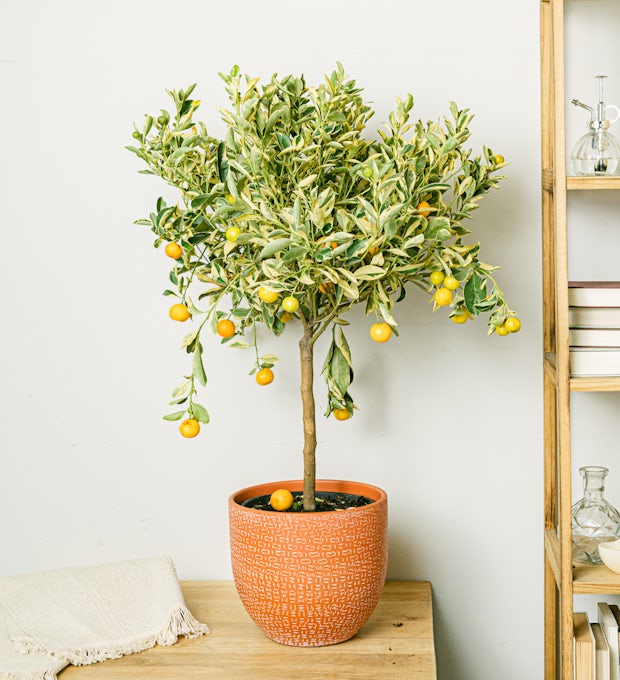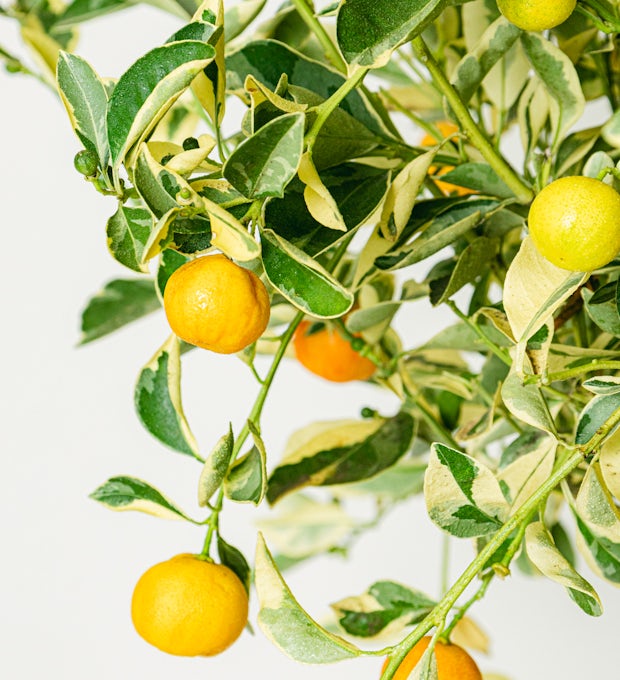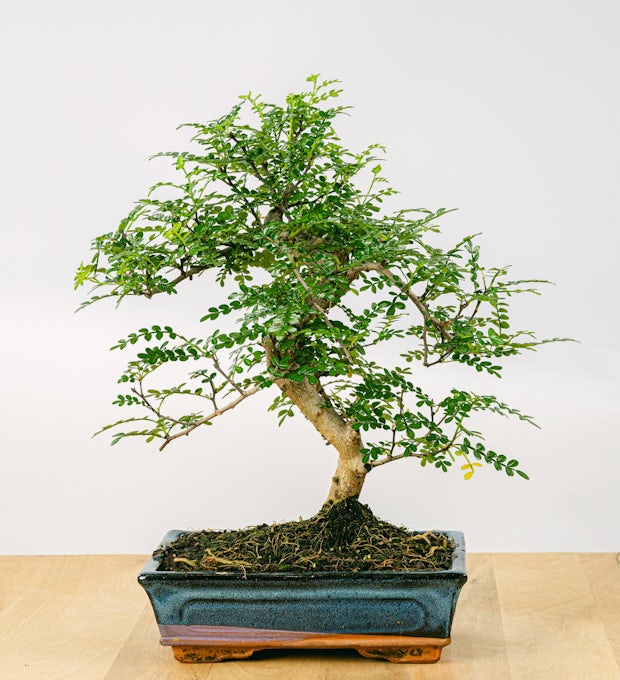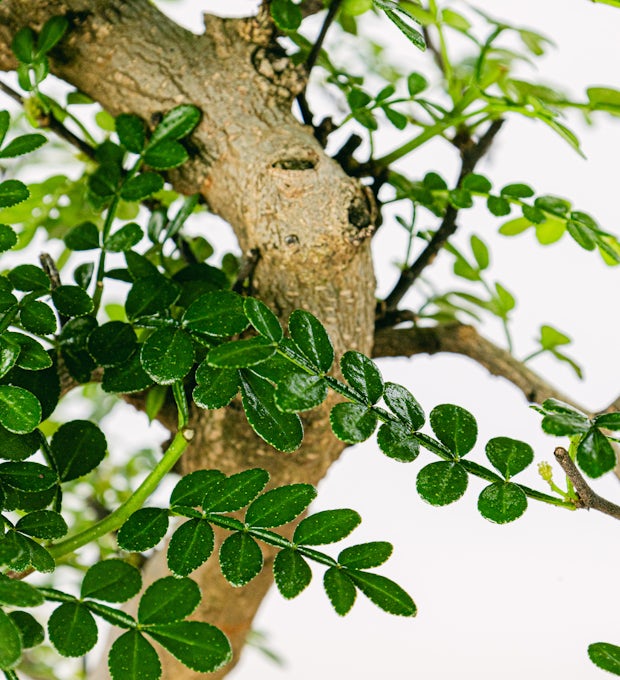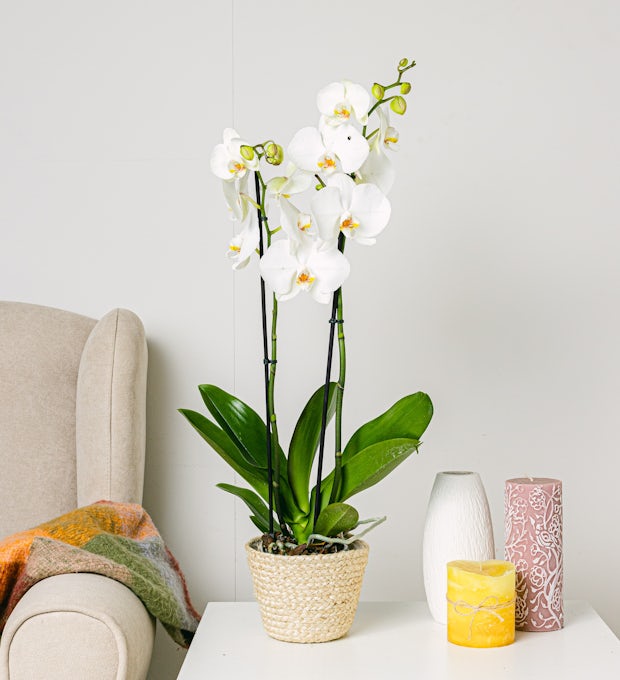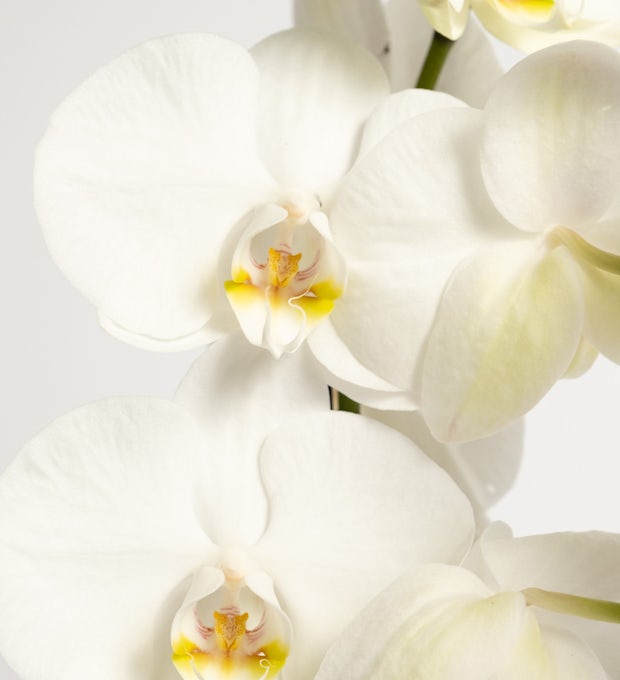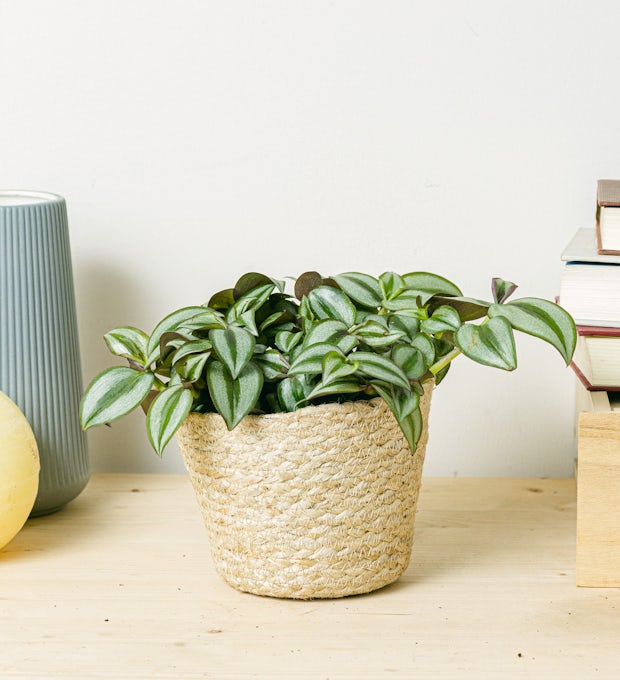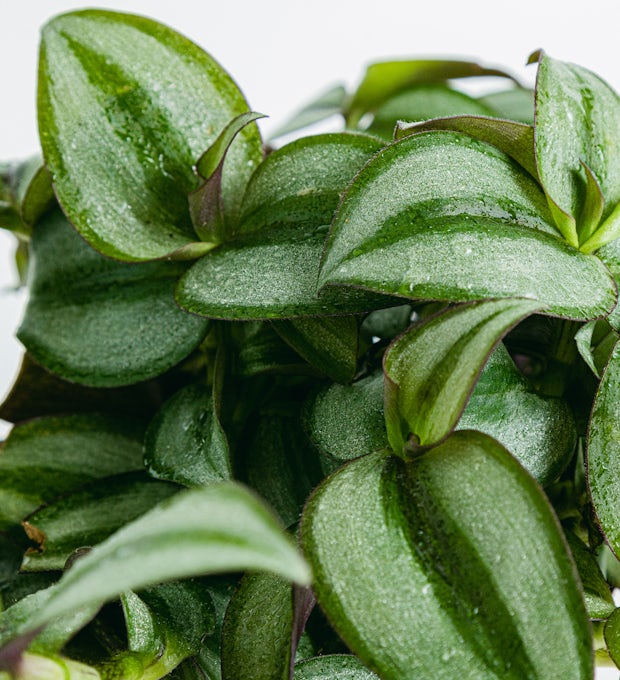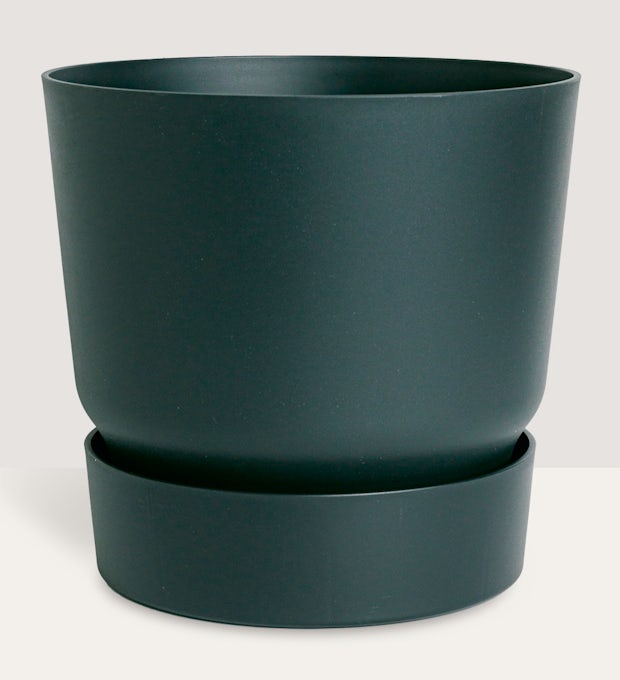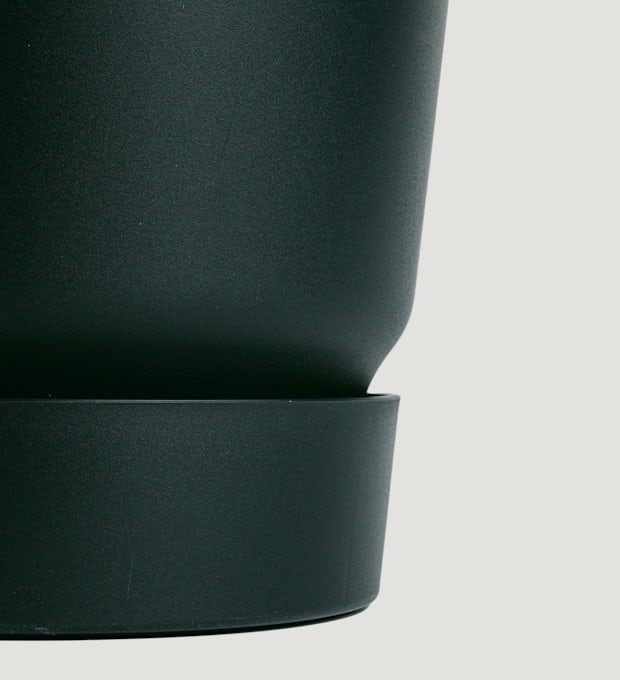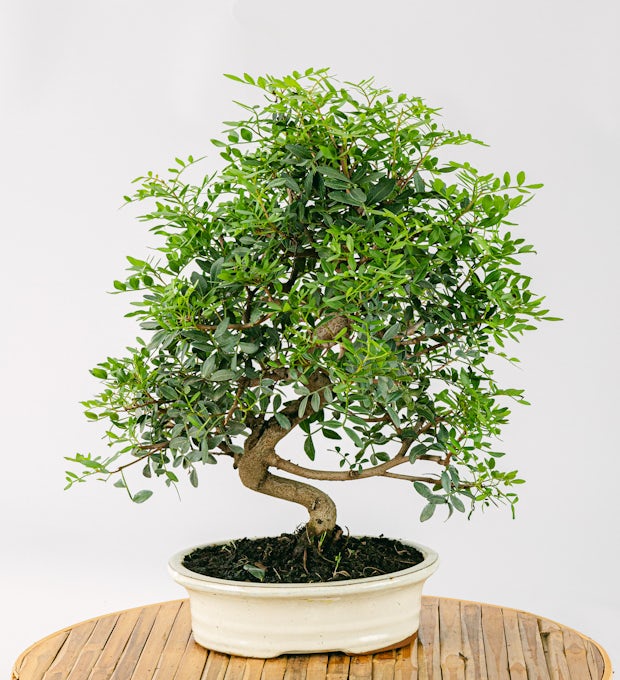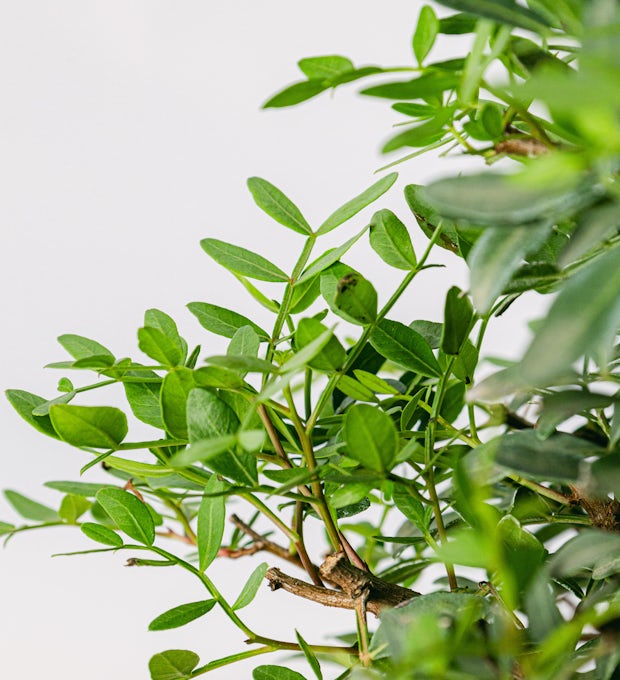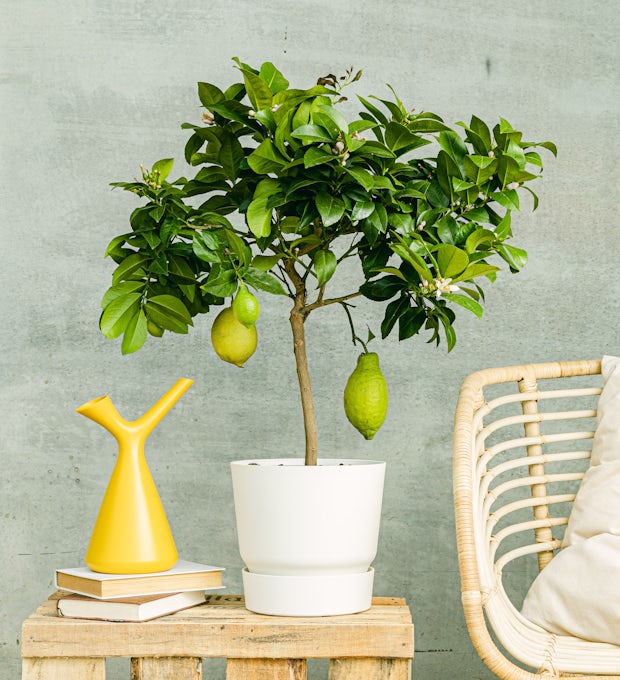The blue star fern (Phlebodium aureum) is one of those plants that deceives you from the start, because it doesn't look like a fern but a distant cousin of sea algae. It is precisely because of its curious shape and cute green color with blue undertones that it has become a very popular houseplant. In this blue star fern care guide, we'll tell you everything you need to know to keep it beautiful. If you've fallen in love with its thick foliage and sinuous leaves and adopted one of these ferns, this guide is for you, but if you've read it and liked it, you can stop by our store to ask for it.
We ship plants to all locations, you can see more options here.
The
- young leaves look long and curly, like seaweed under the sea, but as they grow and mature, instead of falling off and dying, they branch out and take on that starry shape that gives them their name. This is wonderful because it's like you have two plants in one.
- It has humidifying properties and helps to purify the environment, eliminating toxins. It's a perfect addition if you have a collection of purifying plants (and if you don't, then it's a good excuse to start collecting them, because they're all so beautiful).
- It is native to the forests of South America and in its natural state is an epiphyte, like tillandsias. It tangles its rhizomes amicably around trees, without harming them or feeding on them. This allows them to reach higher heights and get a little more light.
- It can grow to a maximum height of 90 cm. It usually gets very bushy, so there are those who prefer to have them in hanging pots because although they do not tend to grow downwards, they look cute and full.
Like
all plants, trying to stay within a rigid watering schedule is not always a guarantee of success, as it depends on the temperature, humidity levels and others. Blue star ferns need plenty of water, so it's a good idea to provide them with plenty of water.
We ship plants to all locations, you can see more options here.
The substrate must be moist but never waterlogged, as they are epiphytes they are not used to having continuous moisture in the roots, so they can rot. We recommend that you start by watering once a week and pay attention to the substrate, which should never be too dry. By putting your finger in the pot you will begin to know its water requirement.
We ship plants to all locations, you can see more options here.
Another recommendation: avoid watering them from above, as water tends to accumulate on top of their stems and rhizomes, causing rot. It's best to put water on the sides. And while it's true that they love humidity, don't wet their leaves with a spray bottle, because it damages the protective layer and exposes them to deterioration.
- Lighting & Temperature
This plant loves light, but it's always filtered. Avoid placing it where direct sunlight hits, as its green leaves will scorch and lose their bluish hue. Although being a plant native to rainforests, it is possible to have it in places with limited lighting, it will adapt very well to shade. Let's remember that they come from rather warm environments, so they will be incredibly happy if the ambient temperature ranges between 15 to 30° C.
We ship plants to all locations, you can see more options here.
- In
natural state, blue star ferns have no substrate, so water and air flow freely, kissing their rhizomes. Unless you have a tree planted in the middle of your living room this won't be an option, so we need to offer it a light, airy and loose substrate. Orchid substrate comes in handy.
We ship plants to all locations, you can see more options here.
As for the
pot, look for one that has an excellent drainage system, which you can improve by placing some pebbles or similar material at the bottom to improve its effectiveness. Ideally, it should have enough space to develop its stems, rhizomes, and leaves.
We ship plants to all locations, you can see more options here.
- Transplants and fertilizers
It is advisable to transplant when you see that the rhizomes and roots are starting to peek through the substrate and look tight. Ideally, you should wait until spring or summer, as it is their growing season and if the rhizome or stems are damaged (which will happen, don't worry) it will have plenty of time to recover. You can fertilize your fern in that growing season, but at very low doses because their requirements are very simple and too much can hurt them.
We ship plants to all locations, you can see more options here.
If you are transplanting, you can take the opportunity to propagate the blue star fern, separating some bulbs or rhizomes from the root, which will be together like a ball. Plant them in a pot and water very well. There are those who use a plastic bag, well placed over the pot to create a humid environment for a couple of days.
Problems with your blue star fern? Let's solve them!
- Brown tips: This is an unmistakable sign of a lack of moisture. Check watering patterns or ambient humidity. You can put her next to other plants, a support group so that she doesn't get bored and improve her humidity levels.
- Yellow leaves: This can be caused by many things. Are you watering too much? A lot of compost? The water in your city may be very hard, rich in mineral salts and have accumulated in the substrate. This is solved by changing or cleaning the substrate.
- Leaves fall off: this can be caused by low temperatures or because it has suffered a shock during transplanting. If it's the latter, give it some time and try to give it stable humidity conditions to recover. If only the upper leaves are being damaged, it may be because you are watering from above and water accumulates. Check the roots to rule out rotting.
